Rutendo Mazhindu – Zim Now Reporter
The Southern African Development Community on Friday, 23 May 2025, marked Southern Africa Liberation Day by calling for regional unity, environmental conservation, and economic resilience.
In his address, President Emmerson Mnangagwa urged citizens to honour the sacrifices of the region’s liberation heroes by defending independence, promoting peace, and safeguarding natural resources.
“We must remain vigilant and alert to emerging challenges that threaten our hard-won independence and the general stability of our region,” he said.
President Mnangagwa condemned illegal sanctions and coercive measures imposed on some member states, calling on SADC citizens to stand in solidarity in defending sovereignty and territorial integrity. He also reiterated support for the Saharawi Arab Democratic Republic, stressing that Africa’s freedom remains incomplete without the independence of Western Sahara.
“Africa will not be free until the Western Sahara is liberated, free, and independent,” he said.
He raised concern over the ongoing conflict in eastern Democratic Republic of Congo, advocating for a peaceful resolution through dialogue.
“The time to silence the guns, de-escalate tensions, and secure long-lasting peace in the DRC is now,” he said.
Related Stories
The president also warned of the growing impact of climate change on the region, citing frequent droughts, floods, and their threat to food security and livelihoods. He urged SADC nations to strengthen early warning systems, embrace innovation, and build climate resilience.
“It is our collective responsibility to take decisive action to mitigate and manage the effects of these natural disasters,” he added.
SADC Executive Secretary Elias Magosi echoed the call for sustainable development, emphasizing the importance of conservation and eco-tourism in driving the regional economy.
“Wildlife conservation is critical not only for ecosystems but also for the livelihoods of communities through tourism and conservation-driven industries,” Magosi said.
He noted that the region now hosts 13 Transfrontier Conservation Areas, covering nearly one million square kilometres and encompassing more than half of all protected areas in SADC. The Kavango-Zambezi TFCA alone spans 520,000 square kilometres across Angola, Botswana, Namibia, Zambia, and Zimbabwe, and is home to over 220,000 elephants.
Magosi revealed that in 2019, the wildlife economy was valued at US$31.5 billion, contributing about 4.6% to the region’s GDP. Tourism contributed US$19.4 billion—or around 2.8%—with its broader economic impact reaching 8%.
EU Ambassador to Zimbabwe Jobst von Kirchmann said TFCAs present opportunities for sustainable development and recovery.
“TFCAs can provide jobs, boost local economies, and reduce poverty,” he said. He stressed the importance of community involvement in conservation, noting that people are more likely to protect nature when they benefit directly from it.
Mnangagwa concluded by urging all SADC citizens to uphold the values of liberation, unity, and development.
“The modern, industrialised, and integrated SADC we all want shall be realised through hard, honest work, focus, commitment, and unity of purpose,” he said.
“None but us, the SADC citizens, will build and transform our region.”

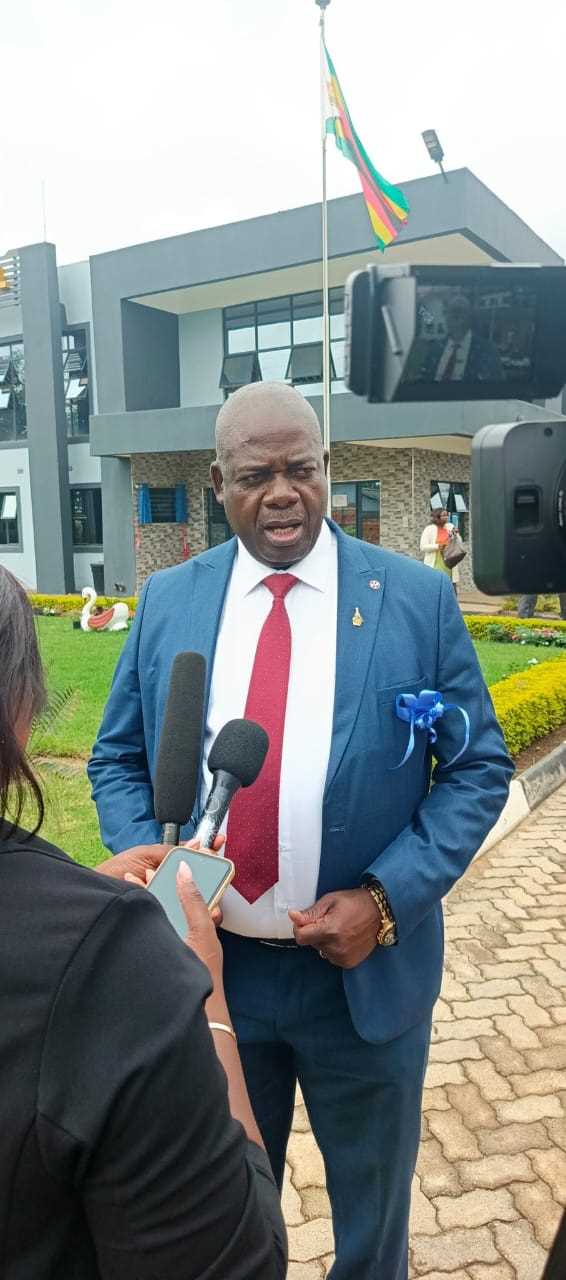
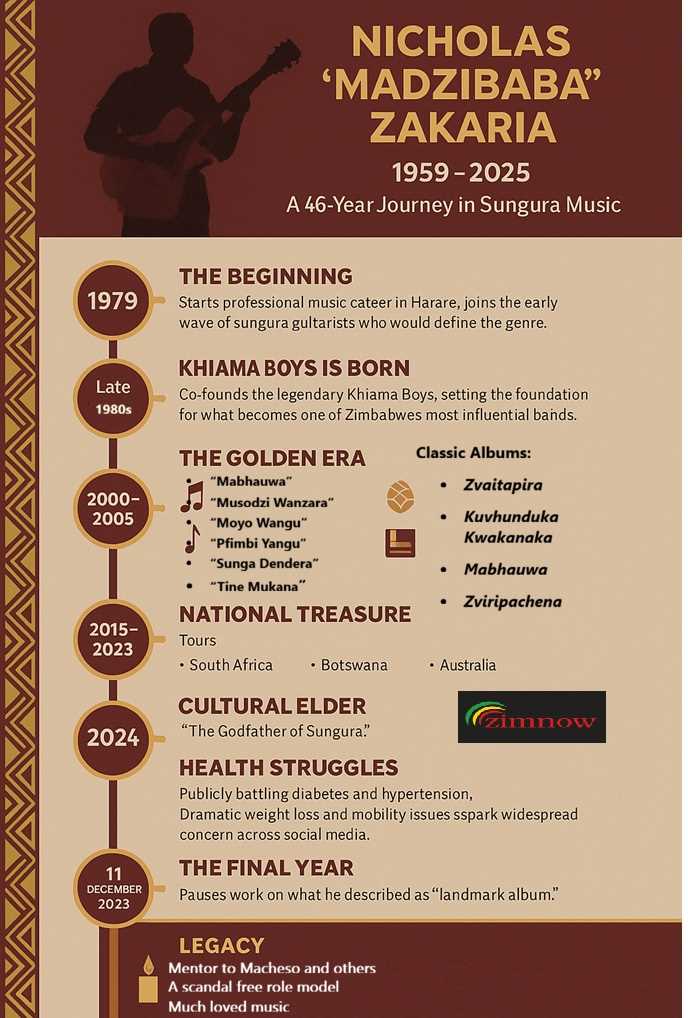

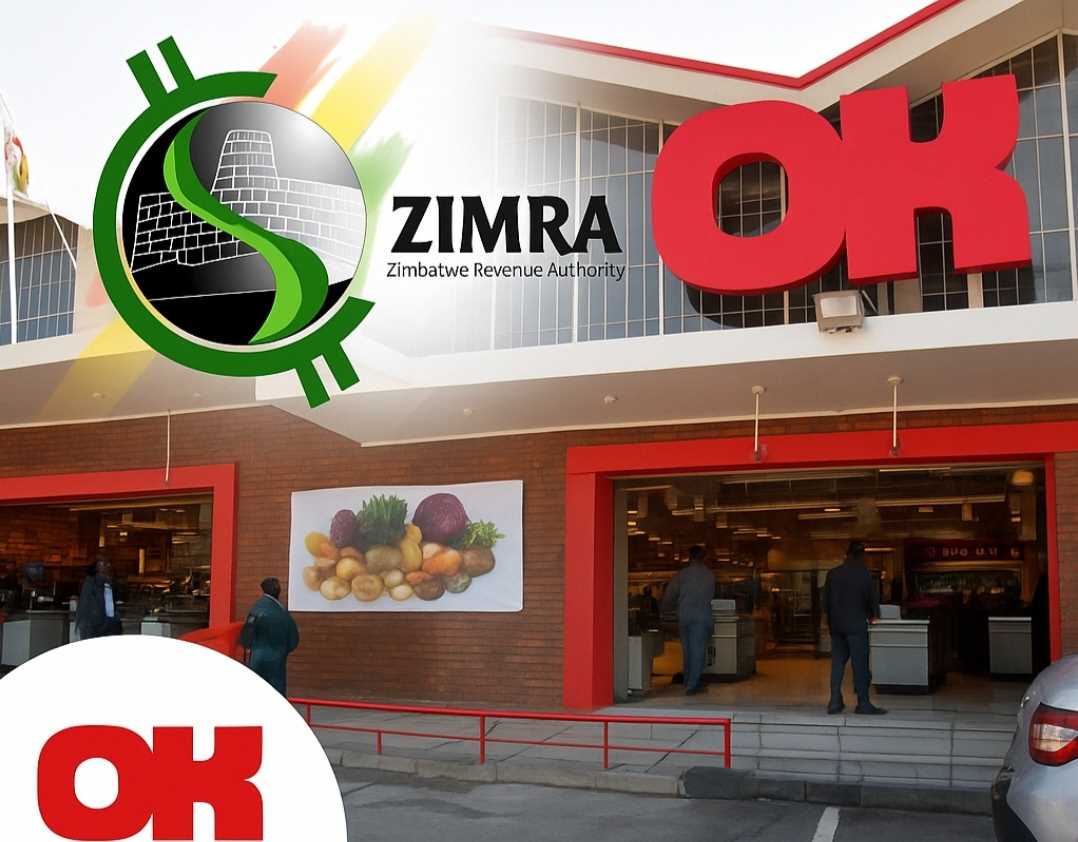
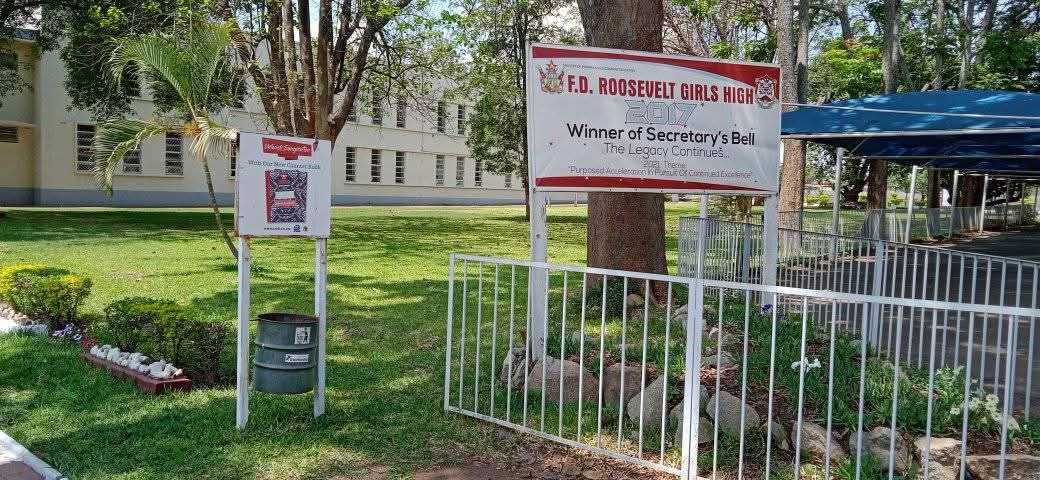

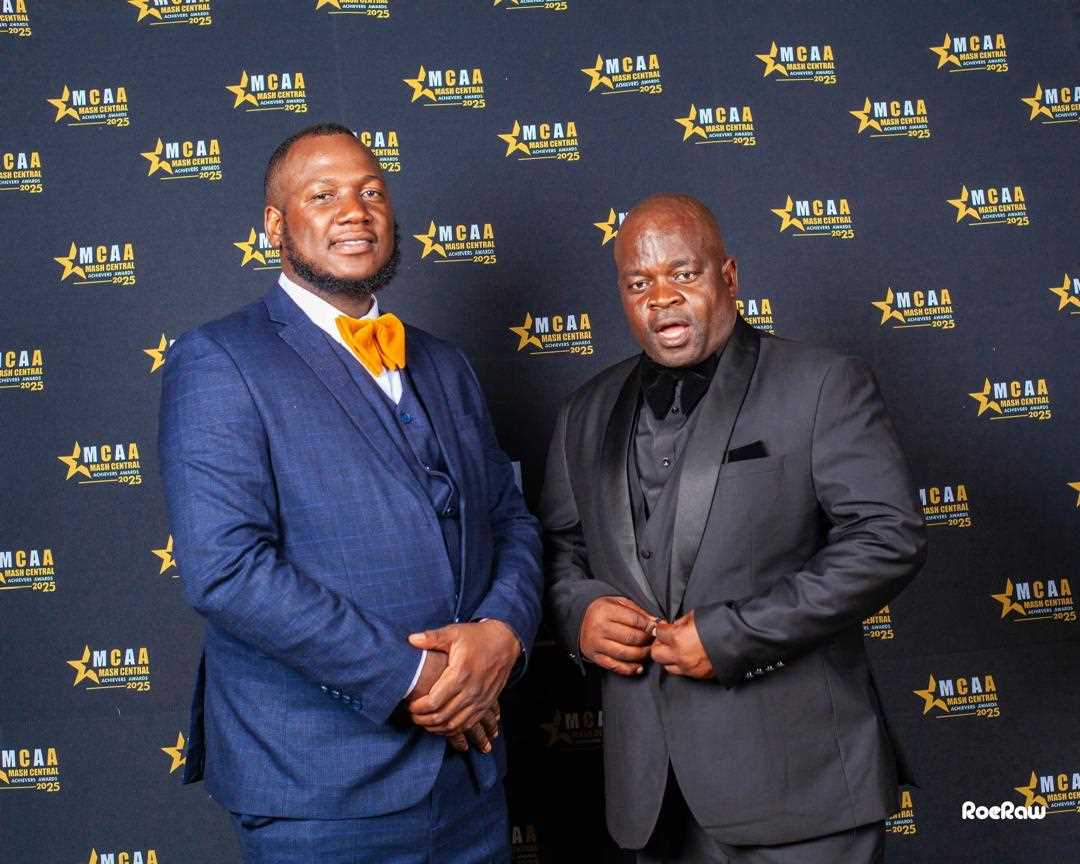


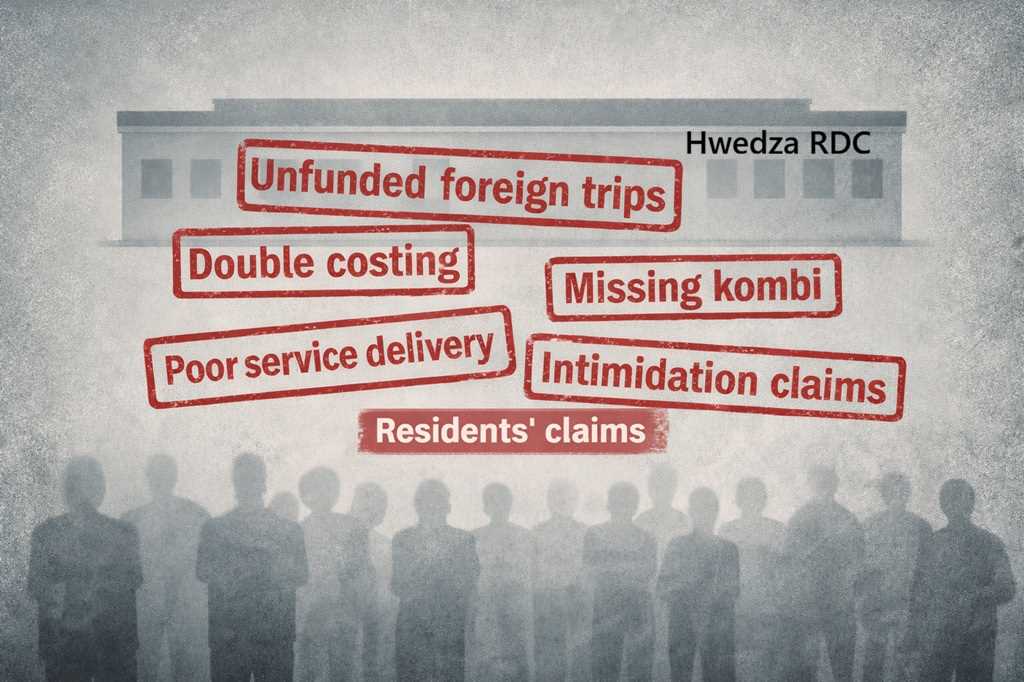
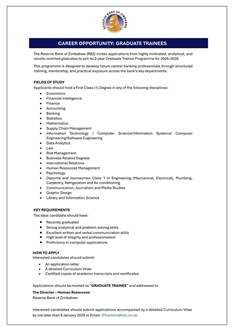
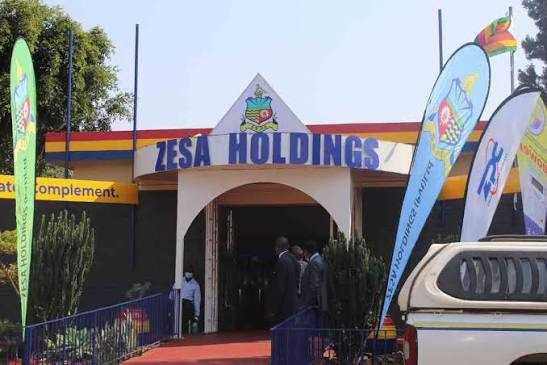

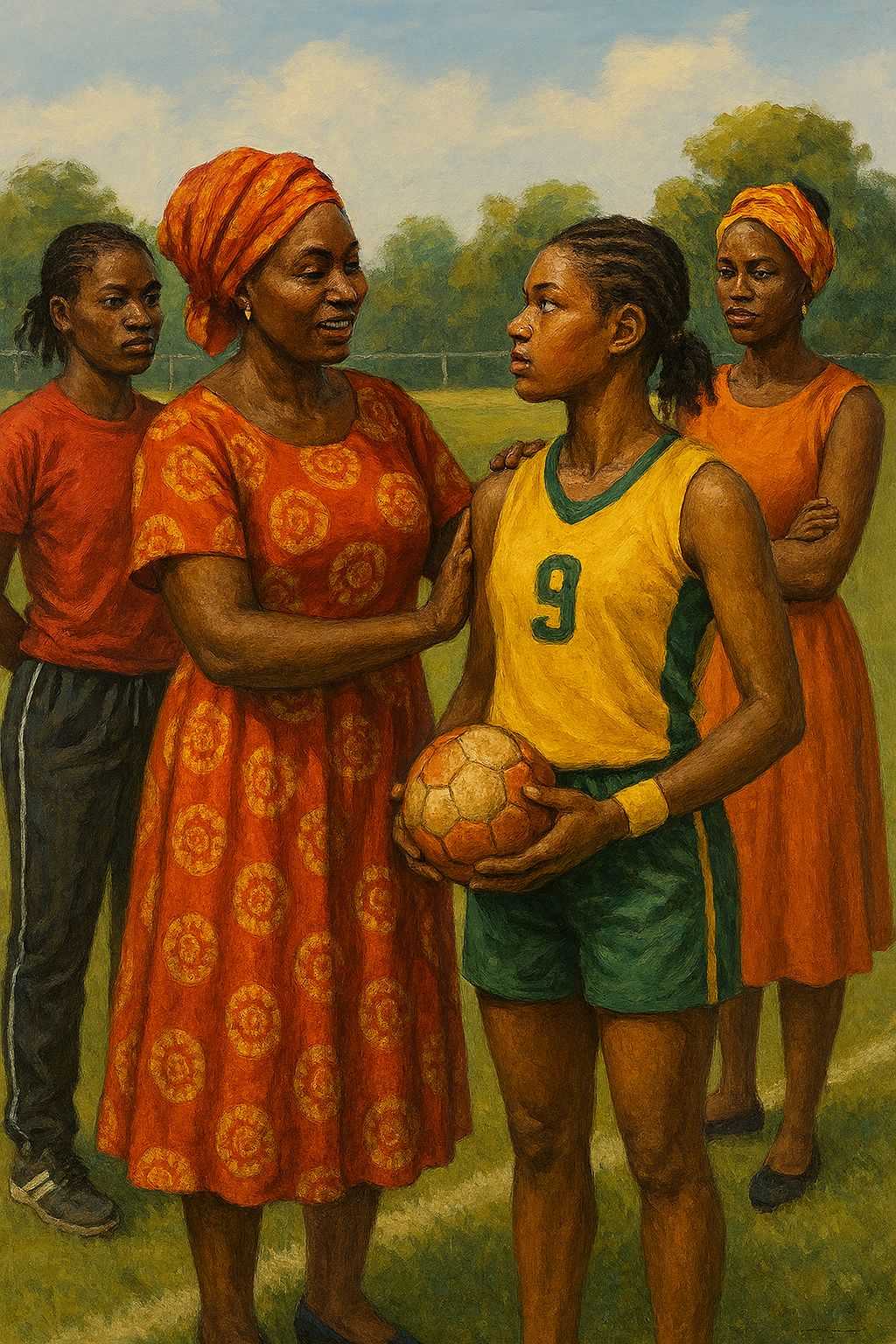
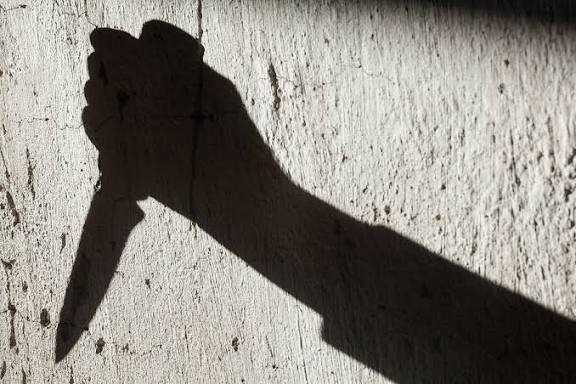



Leave Comments